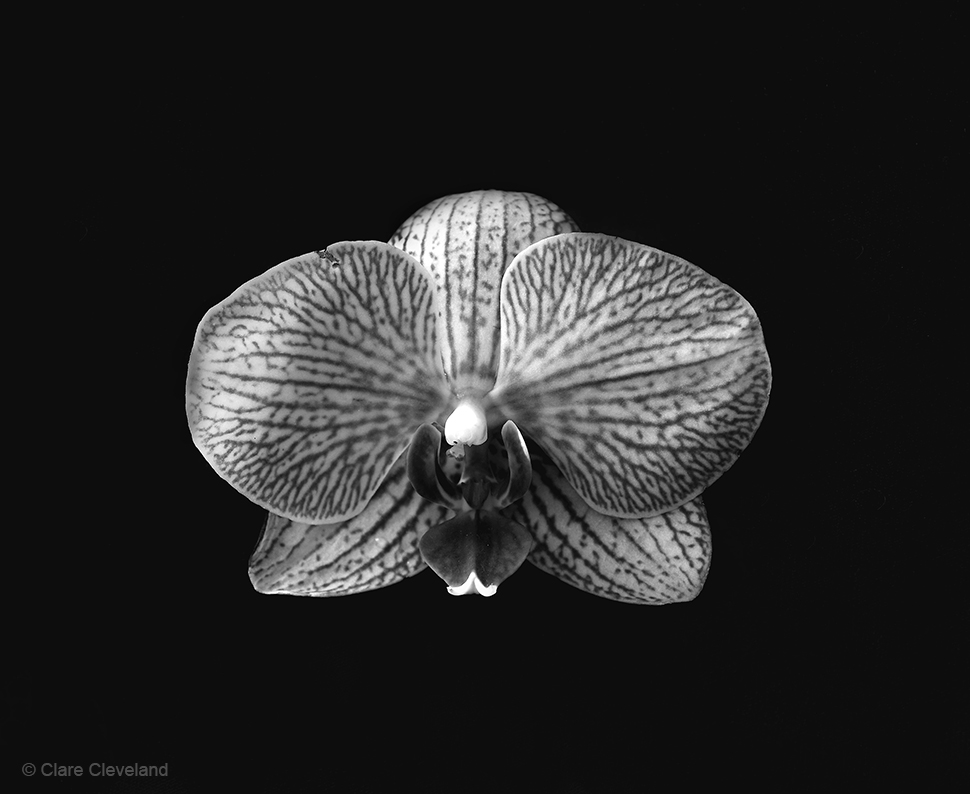
Emulating Edward Weston
Introduction
Its been a long time since my last post here as a juxter now grryo. Earlier this year I moved from San Francisco, California to Houston, Texas to teach photography full-time at Houston Community College. Now that I’ve made it through my first semester and settled into my new digs, I am ready to write about photography again.
I’m no stranger to the classroom. I taught documentary photography, and multimedia storytelling in San Francisco, California for two years at The Academy of Art University. During this past spring semester I taught ‘Fundamentals of Photography’ for the first time in Texas. Besides introducing my students to the importance of the exposure triangle, the importance of carrying a camera everywhere and practice, I introduced them to the ‘masters of photography.’
Without learning about the masters and what makes a great photo, well, great, is like operating in a vacuum. In order to develop our skills, our photographic eye, in order to become better visual storytellers we must have a mentor, a photography hero, a source of inspiration. Yes, everyone should have one, actually many.

Emulating Irving Penn
After students have an understanding of how the camera works, along with a general understanding of light and composition, I give them their first major creative assignment: Explore the masters of photography. Choose one photographer from my impressive, yet far from complete list of masters, who’s work emotionally connects with you. “And there will be,” I tell them. Study that person’s work, style, subject matter, and composition. Think about ‘intent, content, and composition.’ Ask questions. Search for answers, and then try to emulate the person’s work. They are given one week to research a photographer and two weeks to create 6-8 images. For some students this will be a truly emotional experience that will transform them.
This assignment, my friends, is what inspired me to write this post. Besides learning the fundamentals, this assignment plays an important role in the development of any photographer. I have seen it change students who entered the classroom lacking vision, understanding, or inspiration in the beginning. They left the class with a new found passion, excitement for photography, and personal vision.
Today I am going to share this assignment with you as well. No matter where you are at in your photographic career everyone should try this assignment. You might just find a new source of inspiration.

Emulating David LaChapelle
One thing to keep in mind: Intent, content, and composition
What makes a photographer and his/her work great? This is a question that is often asked by anyone remotely interested in looking at or practicing photography. In many cases these photographers do not just have one great image, they have many—portfolios of amazing images that have helped them earn the title of ‘iconic,’ joining the group of the photographic immortals that are talked about in classrooms, galleries and museums.
As visual storytellers it is of the utmost importance that we know the masters. There’s a lot to be learned by studying their images, and contact sheets. I remind my students to not only be producers of images but also be consumers. Be ravenous. Devour as much great visual content as you possibly can. Collect images, start a scrapbook or a pin board on pinterest. Collect photo books of the photographers you admire. Study them regularly. Pick their images apart. Try to understand how and why it works. Study their Composition—how have they consciously decided to arrange the visual elements in the frame. Intent—Why did they create these images, and for who? Content—What have they chosen to include, or exclude from the frame? How does it make you feel?

Emulating Berenice Abbott
Assignment instructions, and your chance to be featured here on the grryo blog
This assignment can be challenging yet very fulfilling. Please click here to download the .pdf explaining the assignment in more detail, including the list of photographers. You will have two weeks to explore the list and create 6-8 images. Post your images to your preferred photo sharing site, particularly IG, flickr, FB, and eyeem. Include the name of the photographer you’re emulating in the description. Hashtag your image using #grryoMOP After two weeks of this assignment being published to grryo.com, we will review the images and curate a gallery of the best images with the hashtag. I will choose the most interesting images and highlight those photographers in part 2 of this post. You can have as much time as you need. In order to be featured in the online gallery you must meet the deadline.
My students love this assignment. I hope you all will as well. Have fun with it because it is only photography, right? I’m really looking forward to seeing everyone’s work.
About Author
Latest stories
 Andre HJuly 14, 2015Finding Your Lost Creativity
Andre HJuly 14, 2015Finding Your Lost Creativity StoriesOctober 3, 2014Defining The Box Before Exiting
StoriesOctober 3, 2014Defining The Box Before Exiting StoriesJuly 11, 2014Learning From The Masters (A Photography Challenge)
StoriesJuly 11, 2014Learning From The Masters (A Photography Challenge)- FEATUREFebruary 18, 2014Old School Portraits with a New School Camera

Love this is idea!
=) gonna check this out
Wow definitely giving this a shot 🙂 thank youu… Sounds Fun 🙂
count me in!
This sounded like a great challenge…too bad…too late.
Actually I think Andre is going to extend it if you are still interested!
Hi Stef. Yes, the assignment is extended until Aug. 15.